It may have produced cars from 1947 to 2011, but it’s fair to say that Bristol didn’t always go in for large-scale interaction with the press or the public.
If its charismatic owner, Tony Crook, took a disliking to a journalist who wanted to borrow a car, they would be told to sling their hook. If he didn’t like the look of a potential customer, he would tell them pretty much the same thing.
The early cars, types 400 through 406, were idiosyncratic, innovative, beautifully made and powered by a peppery 2.0-litre straight six that was sprightly enough to power a number of highly successful racing cars.
The post-1961 cars, types 407 onwards, adopted large Chrysler V8s and were proper and imperious grand tourers. They may have looked discreet, but in many dynamic and safety areas, they were impressively ahead of their contemporary rivals.
By the 1990s, though, Bristol was struggling and, in time, even the most purblind enthusiast of the marque would have had some difficulty in justifying its cars’ not-inconsiderable price tags.
Despite a brief injection of cash and enthusiasm from a new owner and an all-new 8.0-litre V10-powered two-seater called the Fighter, it all came to an ignoble end in 2011 – and despite a few subsequent attempts to revive it, that’s where it rests today.
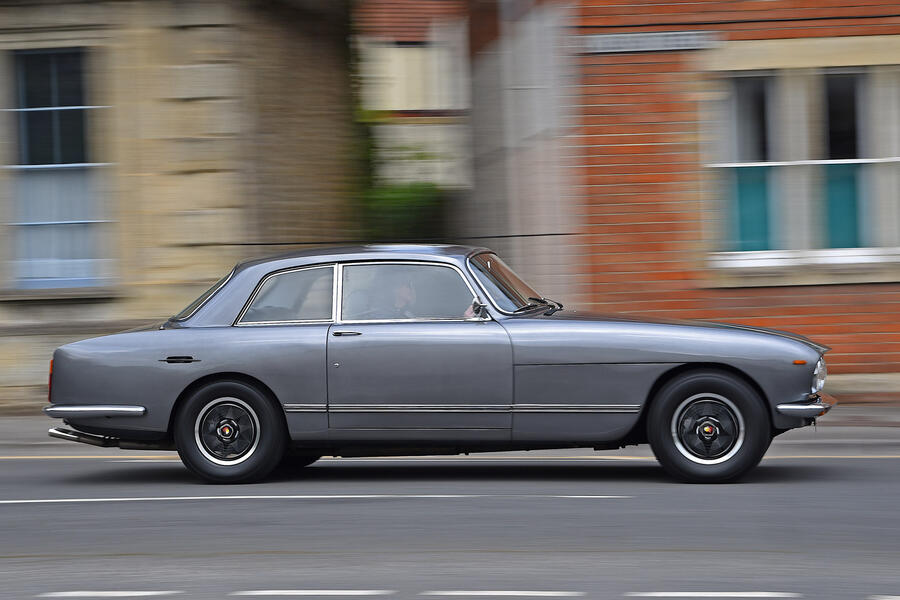
Now, though, any Bristol, though wilfully eccentric, is definitely a cult hero. Of the V8 cars, the 411 of 1969- 1976 could well be the sweet spot.
This was, by the standards of its time, perhaps the most impressive V8 Bristol of all and, in its heyday, good enough for several motoring journalists to proclaim it one of the best cars in the world. It was a sober-looking, 140mph, aluminium-bodied four-seater of fighter pilot class and supreme engineering logic, and its arrival sparked a healthy boost in sales.

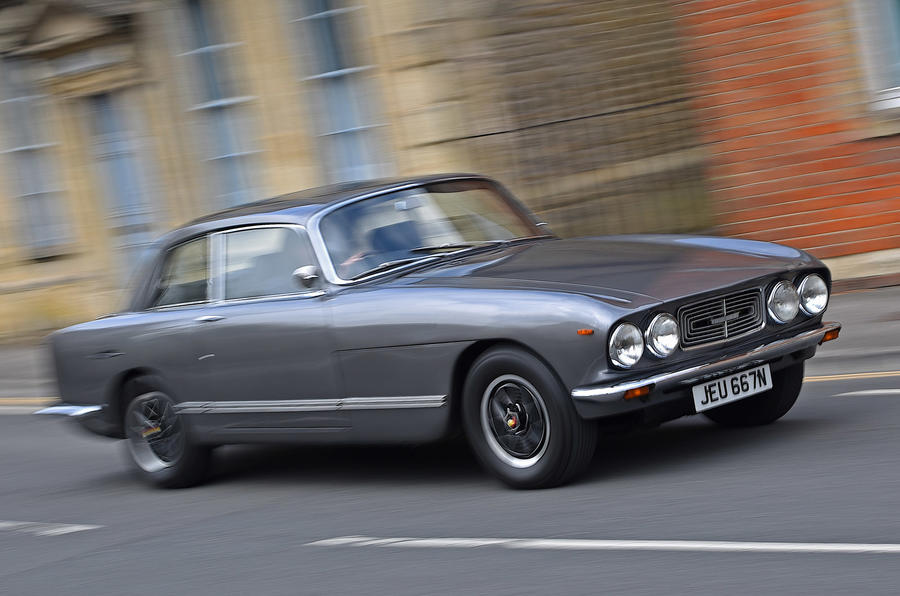








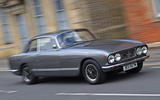









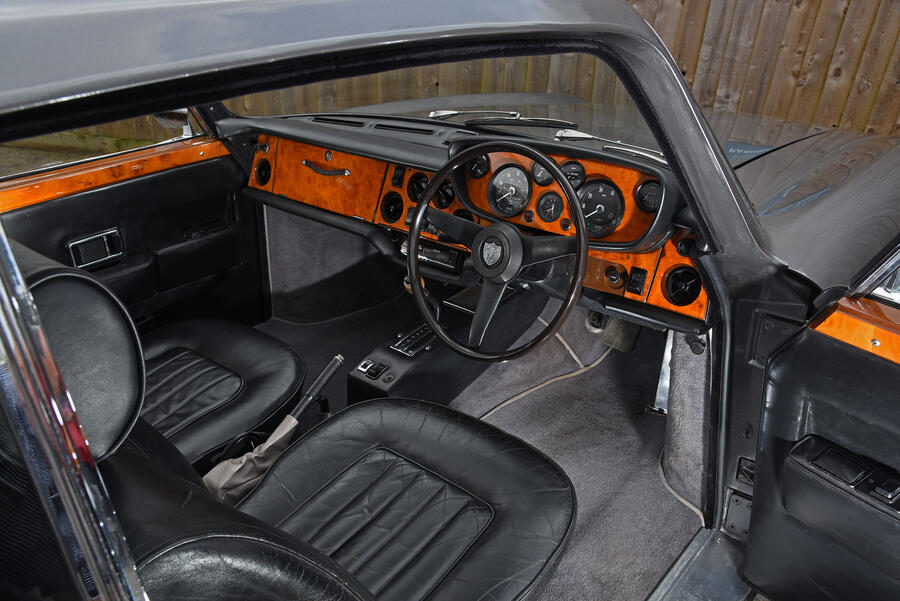
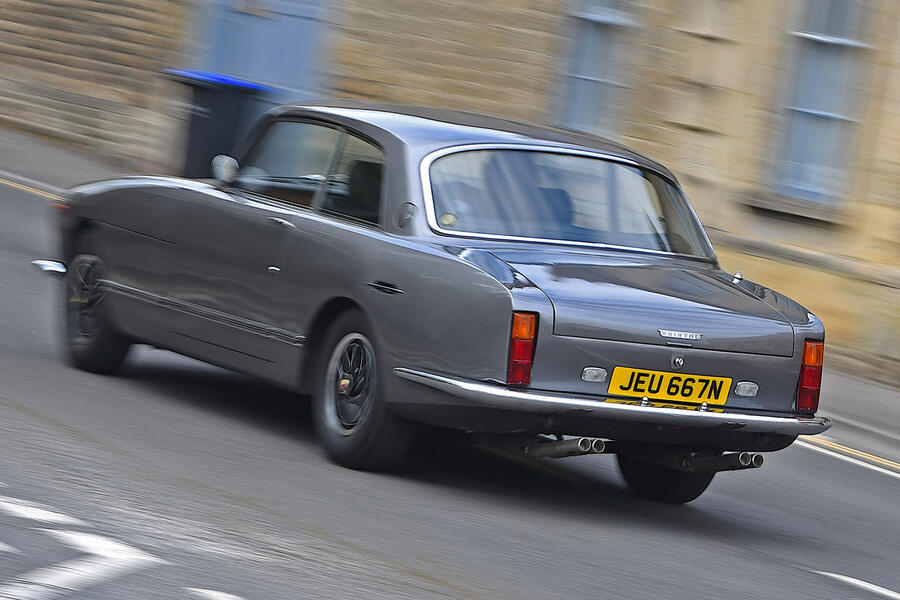
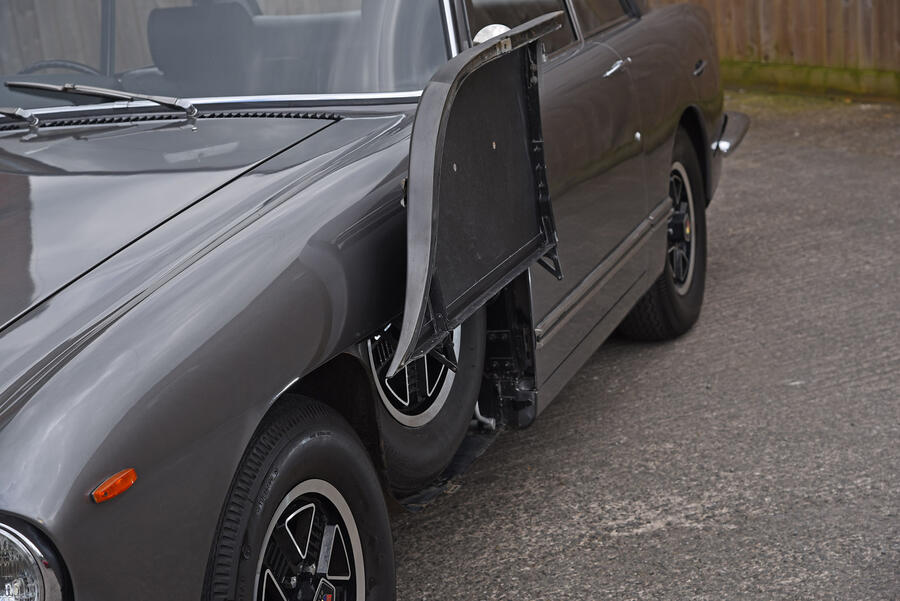
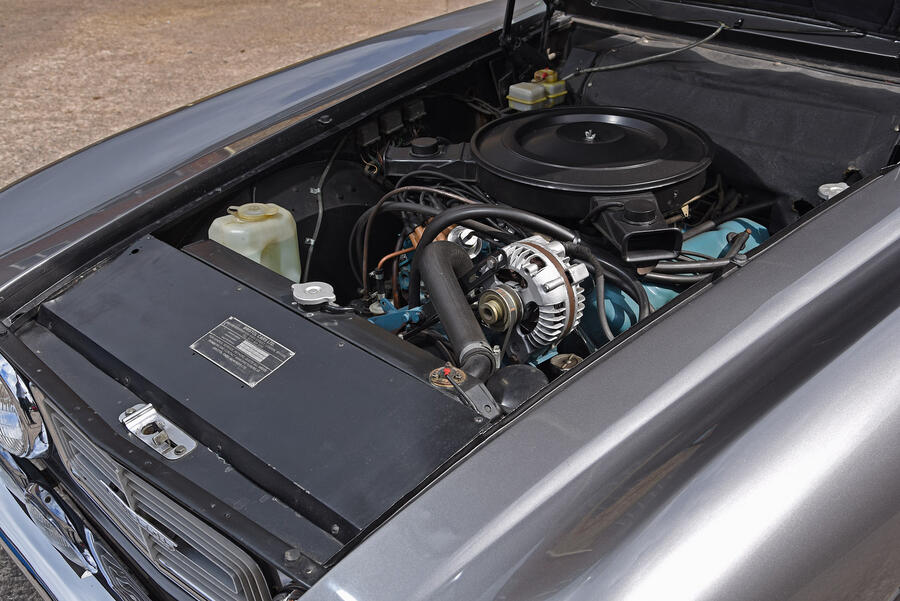
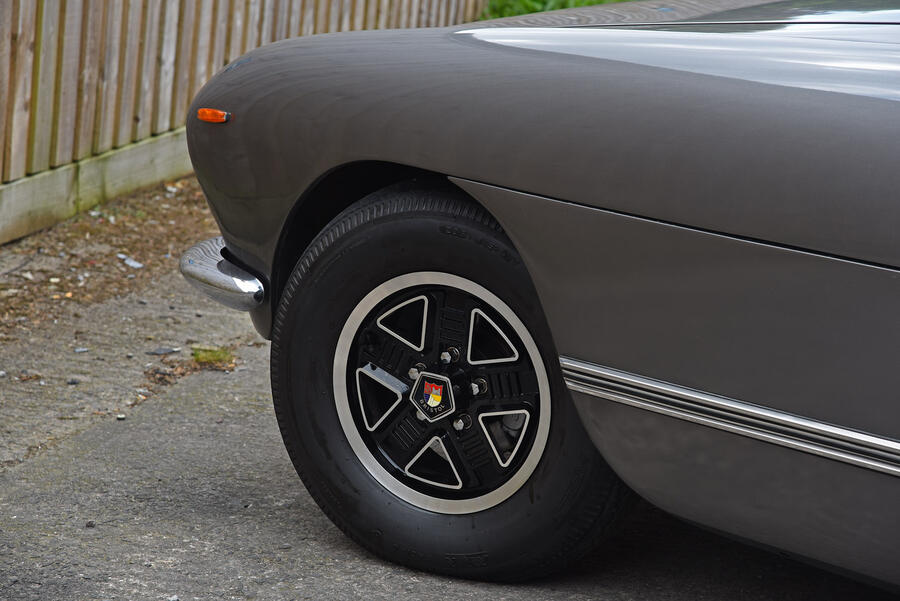
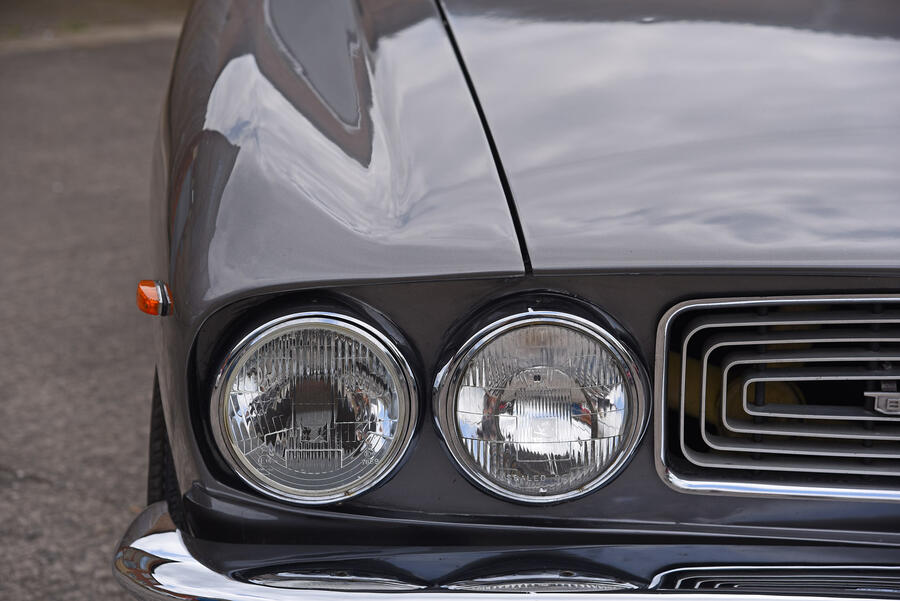


Join the debate
Add your comment
I often wonder if the reduction in sales coincided with the increasingly odd and ill-proportioned styling of later Bristols (the 412/Beaufighter was OK) whereas the early 60s Bristols as featured above were by far the nicest and most elegant.